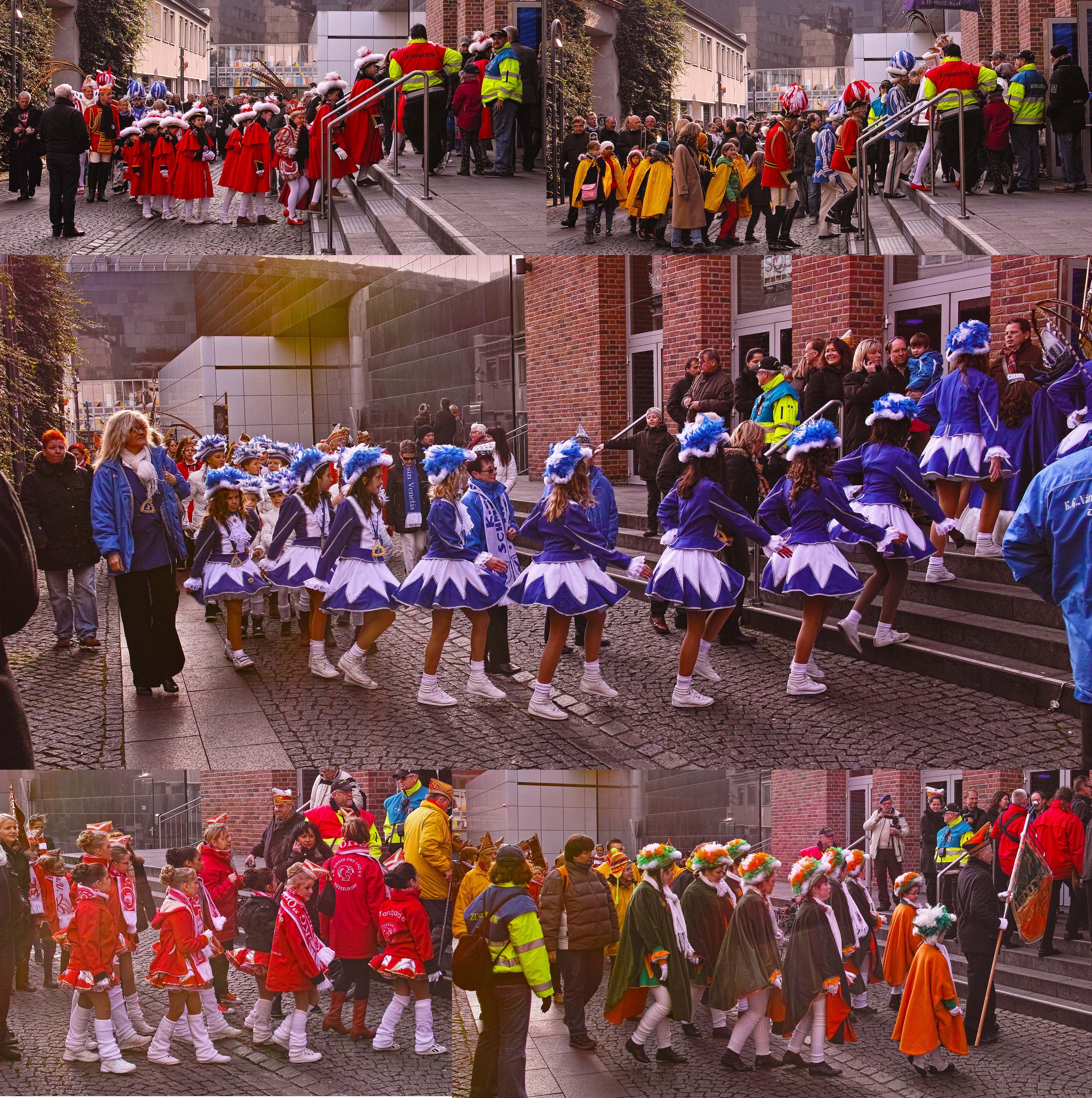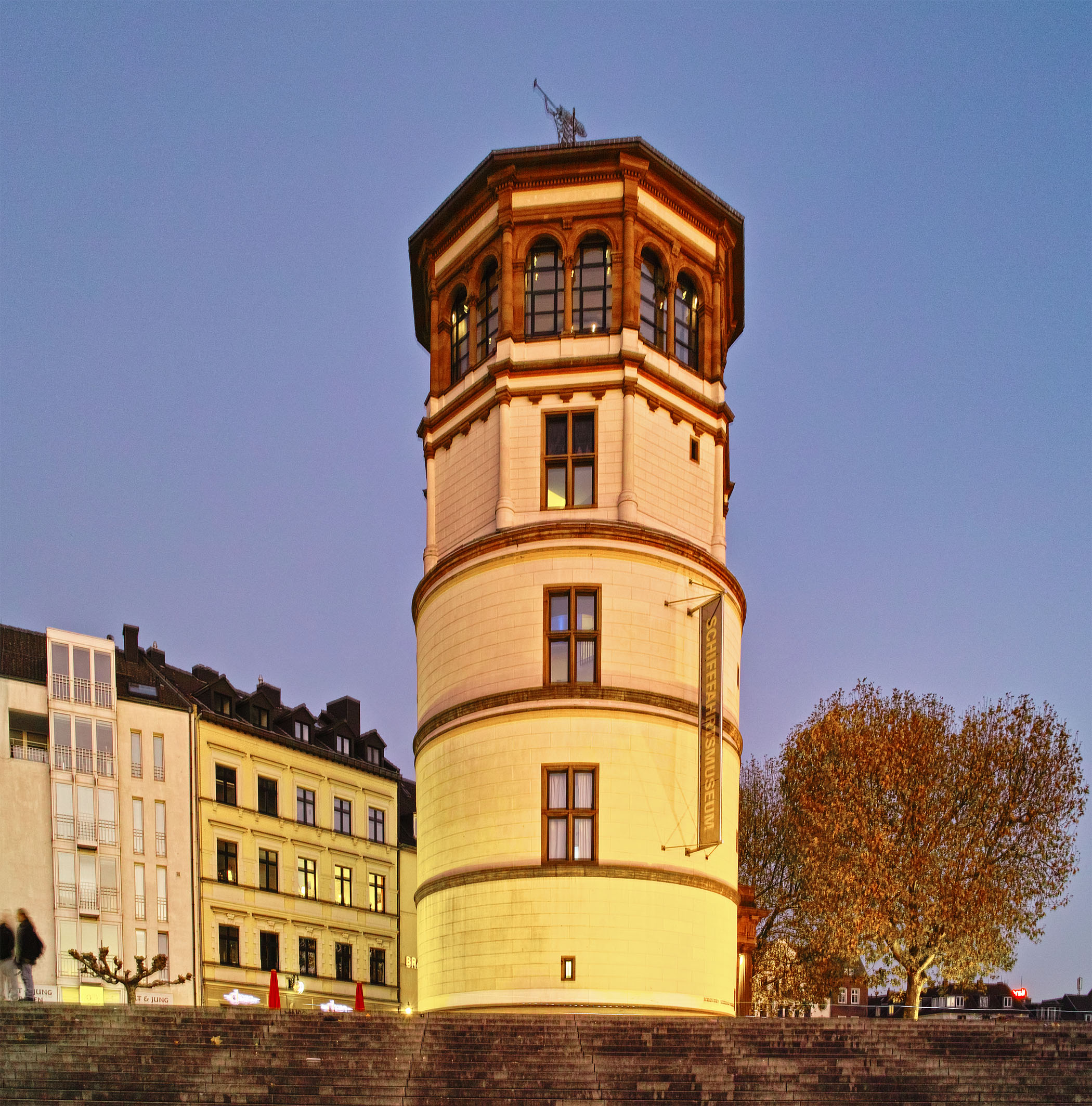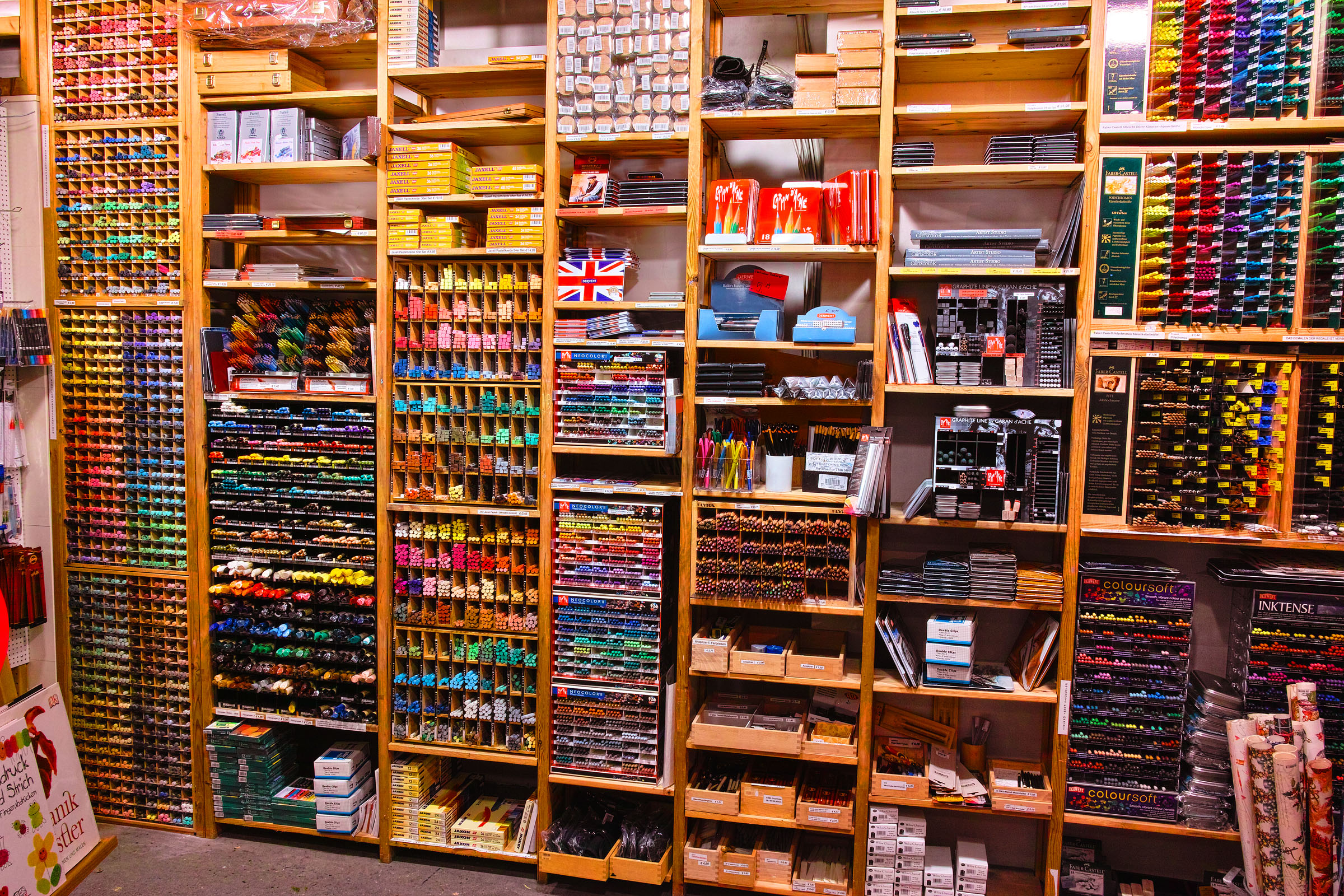Archives for 2012
6th Ave. and 42nd St.
Gibbous Ferris Wheel
Children’s Festival begins
Gnome Laser Transfection
“Areas of application
An efficient and gentle cell transfection of sensitive cells is crucial for gene therapy and other biomedical applications. Particularly alternative non-viral delivery-systems are needed to avoid the risks associated with viral transduction. To address these requirements we have developed a technique termed gold nanoparticle mediated [GNOME] laser transfection: Gold nanoparticles are in close vicinity to the cell membrane and irradiated by a weakly focused laser beam. The particle-laser interaction leads to plasmonic effects which in turn can evoke transient cell membrane permeabilization, allowing diffusion of extracellular molecules into the cytoplasm.
GNOME laser transfection thus provides delivery of a broad range of molecules into different cell types, e.g. primary neurons, stem cells and iPS cells. Concurrently it has a low toxicity and offers high sample throughput.”
www.lzh.de
www.lasermedizin.uni-hannover.de
www.rebirth-hanover.de
Translation, if you have a genetic deficiency, perhaps are genetically disposed to a certain cancer, or maybe you have nerve damage that left you with a physical incapacity, it sounds like they can now fix these things.
B_Imperial
Additive Layer Manufacturing
The technology is new, but it seems to me like it’s already changed everything.
Before this technology, complex machine parts have been built by assembling smaller parts like nuts, bolts, plates, screws, bushings, cast housings, etc., into larger assemblies. The structural characteristics and requirements of the smaller parts determine many characteristics of the larger machines for which they become components.
citim’s additive layer manufacturing of metal parts eliminates all of that, at least for non-moving parts. Starting from an electronic map – CAD – digital matrix of the complex machine, they use a laser to weld powder particles of material such as stainless steel, aluminum, bronze, and titanium, by horizontal layers, one layer at a time, to build up a finished product.
This should completely change engine fabrication methods. Complex ducting and flow paths can weave throughout the block without regard to traditional machining methods using cutting tools to mill out and drill the various chambers in a block. Pressure chambers can be built with just enough wall depth necessary to contain a function, and no more. Engine cooling and lubrication flows can be completely re-conceived.
Engines should become much lighter with substantially higher power to weight ratios once the block is reduced to purely functional housings.
I hope I live long enough to see these machines of the future.
B_Imperial
some Dusseldorf colors
Colorado Poll Watching results
Going Forward in Colorado
6:11pm 11/13/12 from Jeff Kelly to
Hello everyone,
First, thank you to all of you that have participated in our efforts thus far. Second, for those who joined our efforts late in the election cycle, please accept my ‘welcome’, and also please forgive my late response to your applications and emails.
Preparation for Election day completely consumed my time and the resulting effects are finally wearing off enough such that I can get on with necessary business.
We have MUCH work to do in order to clean up the Colorado election process. It appears that there are a LOT of people in Colorado without any sense of decency or honor, and we must fight against their influence in our country’s elections.
On election day, our Colorado command center received many calls from Poll Watchers and voters alike.
Complaints:
- Voters who were told they had already voted and could only submit a provisional ballot
- Voters who never received or received badly formatted mail-in ballots
- Unauthorized people in the polling location
- Voter intimidation by large groups
- Electioneering within the 100 foot perimeter
- Videotaping within the polling location
- Large numbers of people being directed to provisional ballots
- Poll Watchers who were restricted to areas unable to witness the election process
- Poll Watchers who were not allowed to hear voter names in order to perform their party’s Get Out The Vote efforts
- Mail-in ballots being processed without 2-party election judge oversight
- Poll Watchers not allowed into the ballot processing facility (lawsuit underway)
All of these items must be addressed with our County Clerks, and followed up by attorneys as necessary.
If you are able and willing to assist between election cycles in any of the below fashions, please let me know:
- County Leader
- Team Leader (election or research)
- Volunteer Coordinator
- Data Research
- Legislative Advocacy
We have a long road ahead of us, so we need to get started early.
Thanks again for your assistance in fighting for integrity in Colorado’s election processes.
Sincerely,
Jeff Kelly
Colorado Voter Protection
Colorado Leader, True the Vote
Note: Poll Watching is a statutorily protected activity in Colorado.
Buck and Does
Increasing post partisan potential
If we do not agree on the meaning of words, we can never agree on anything. Dictionaries can be very helpful in this regard.
The recent election led me to the conclusion that a majority of Americans do not understand that free enterprise causes social justice. So let’s break it down. All definitions below come from the American Heritage Dictionary of the English Language, New College Edition, 1980.
Free. 1. At liberty; not bound or constrained. 2. Discharged from arrest or detention. 3. Not under obligation or necessity. 4.a. Politically independent. b. Governed by consent and possessing civil liberties. c. Immune to arbitrary interference by government or others.
Consent. 1. To give assent; accede; agree. 2. To agree in opinion; be of the same mind.
Assent. 1. Voluntary acceptance or allowance of what is planned or done by another; permission.
Enterprise. 1. An undertaking, especially one of some scope, complication, and risk. 2. A business. 3. Industrious effort, especially when directed toward making money. 4. Readiness to venture; boldness; initiative.
Price. 1. The sum of money or goods asked or given for something. 2. The cost at which something is obtained.
Social. 1.a. Living together in communities. b. Characterizing such communal living. c. Of or pertaining to society. 2. Living in an organized group or similar close aggregate. 3. Involving allies of members of a confederacy. 4. Of or pertaining to the upper classes. 5. Fond of the company of others. 6. Intended for convivial activities. 7. Pertaining to or occupied with welfare work.
Welfare. 1. a. Health, happiness, and general well-being.
Justice. 1. Moral rightness, equity. 2. Honor; fairness. 3. Good reason. 4. Fair handling; due reward or treatment. 5. The administration and procedure of law. 6. A judge. 7. A justice of the peace.
Moral. 1. Of or concerned with the judgment of the goodness or badness of human action and character; pertaining to the discernment of good and evil. 2. Designed to teach goodness, or correctness of character and behavior; instructive of what is good and bad. 3. Being or acting in accordance with standards and precepts of goodness or with established codes of behavior.
Good. 1. Having positive or desirable qualities; not bad or poor. 2. Serving the end desired; suitable; serviceable.
~
To summarize, a voluntary, agreement based transaction, is the basis for forming orderly communities that maximize fairness, goodness, welfare, and efficacy.
No alternate construct does this.
This system regulates and balances itself, encourages creativity, rewards efficiency, conserves resources, discourages waste, generates wealth, resists corruption, and improves the standard of living for everyone. All attempts to control this system have led to corruptions, dislocations of resources, and false applications of utility.
Somehow, over the past 40 years or so, our educational system failed to teach these basic truths to several generations of Americans who now constitute a ruling majority.
B_Imperial
Obama Kenya family, parts 1,2,3
isolated incidents?
Romney Rally at Fiddler’s Green
Our seats were right next to the press box at Fiddler’s Green yesterday (11-3-2012). We arrived just as John Roberts was collecting gear from his advance work, loading out, bound for Ohio. He was very gracious, though he didn’t like when I said, “So you’re the talent!” Turns out it’s kind of a pejorative reserved for behind-the-lens techs to refer to the “on-airs” as the “talent.” Who knew? We visited with the local crew from Channel 7 just over the wall – very nice gentlemen. For all the crews, it was old guys behind the cameras, younger guys in front, though not that much younger. Denver is a career media market. You don’t start out here. It’s where you might make it after paying your dues out in the provinces somewhere no one has heard of.
The local affiliates had the back, upper level of the press box, the front level,closer to the stage, was reserved for the national press who travel with the campaign. All the press-riser real estate had been lined out and assigned to lessees. The network guys arrived shortly before the Romneys took the stage. It was awesome to see the national guys work. They came in like thoroughbreds, lean, purposeful, conditioned by years of transiting the world to capture the leading edge of media. They didn’t look like family men, these Ronin, Samurai warriors of the press. More than occupy their patches of camera real estate, they consumed their environment in the shadows of the show with the mere power of their presence. The locals had put down gaffers tape to protect their wires, brought chairs, some had picked up food, they had moved in for a time. Not the national network guys. Their only connection to the set was a power cable. Fast in, grab the content, check Blackberries, fast out. Campaign Carl made his exit scrambling over rows of seats. When they decide to go, nothing stops these guys.
sunrise, sunset
solve the problem
RE: 10-30-2012 Oil and Gas Committee Meeting, last night was definitely a trip to the sausage factory. Will I ever taste those delicious sizzling patties quite the same way?
At the risk of over simplification, since the last meeting in August, planners have moved off of their 65 page opus of new zoning law as the preferred vehicle for regulating oil and gas development. And they’ve considered and moved off from establishing a memorandum of understanding [MOU] with the Colorado Oil and Gas Conservation Commission [COGCC], the state regulatory agency.
Rather than use county zoning law, or state regulatory law, to control this industry, they’ve decided to write MOU’s directly between the county and oil and gas developers. They still plan to put all the same regulatory requirements into each deal as had been anticipated in the draft zoning documents. Now, however, those details will be contractual rather than regulatory.
Moreover, the details may attract less public attention because they won’t be written into law. They’ll be handled by attachments to boiler plate MOU contract language that will come out of private negotiations between developers and the county.
A regulatory distinction without a difference you might say, and I would agree. From a property holder’s perspective, would a government taking under the 5th Am. be any less of one if enforced through a contractual process required to receive a permit to exploit minerals, rather than through a zoning law containing much the same language?
Here are the working documents under discussion at the meeting.
~
Now to my issue. If the purpose of regulating oil and gas is to protect the environment of health, safety and welfare of Elbert County citizens and their property, none of this scheherazade dance of the seven veils accomplishes that.
Ground water property can only be protected through the doctrine of beneficial use. That means you have to use it before you can defend your property right against someone else damaging it. For example, we have 4 aquifers under our land with water in them. We only use water from one of them at about 300 feet down. There are 3 more aquifers underneath us that contain much more water, all of it, theoretically, belonging to us too.
We could even get the Colorado State Engineer to issue a Determination of Water Rights that would say how much water those aquifers theoretically contain. Of course an open question on water determinations is whether future recovery methods will increase water reserve estimates, as they have all other mineral deposits in the ground, and should one get locked into a state allocation based on recovery methods predicated on old technology?
Anyway, with a state-granted water right determination in hand, we could actually sell an interest in those theoretical properties if someone wanted to buy it. But unless we were to drill a well into those deeper aquifers and actually use that water, the ownership of that water is entirely theoretical and without a means to defend in court.
If someone were to extract water from a neighboring property out of one of those aquifers, and that extraction were to damage our water property interest in that same aquifer, unless we were also using water from that aquifer, we would have no way to defend our water property. More importantly, unless we were also using water from that aquifer, we would have no way of knowing that we had been damaged.
So, that’s the doctrine of beneficial use. You have to use it before you can defend it.
“Beneficial use” doctrine encourages the economic use of water. It assumes that when the water comes out of the ground, it will serve our society under the guiding hand of one user or another. Either way, the water is still good for use. This doctrine, however, is inadequate to protect water quality while it remains untapped in the ground and subject to risk of contamination.
Whether the regulatory vehicle for delivering the above environmental protection law turns out to be zoning or an MOU contract, remedial efforts for ground water contamination will only potentially commence after evidence of damage is presented. Only existing beneficial users of water will be able to show evidence of damage. Therefore, only existing beneficial users of water will have enforcement protection under this regulatory scheme.
Every foreseeable oil and gas well in this region will penetrate all existing water aquifers. Fracturing of those wells will occur deep in the ground, far removed from water supplies. There’s no foreseeable risk of water contamination from that process. Whatever risks exist to water, they exist from the vertical cased section of each well at depths in the vicinity of the water aquifers.
Even though all aquifers will be penetrated by each oil well, only the aquifers that currently have water wells into them will be tested for contamination. And only a positive test for water contamination can enliven a remedial process, or some sort of compensation back to the water-owning injured party.
How much water remains in the ground in untapped aquifers is a question for the Colorado State Engineer. I’m sure it’s not an easy question to answer, however, my gut tells me it’s a lot. In our case, we have much larger theoretical reserves in our deep aquifers that have never been tapped than we have in the aquifer we drink out of. Since only large agencies such as towns and subdivisions with central water systems can afford to drill into those deep aquifers, and since most of Elbert County is not populated with towns and subdivisions, it is fair to say that our water aquifer profile of usage is probably typical.
So it’s reasonable to conclude that the majority of water in the ground is not currently tapped. Under the proposed regulations, this majority of water in the ground will never be tested for contamination. We will never know if that water quality has been negatively impacted until some time in the future when the economics of recovering deeper water have changed, or when a real need arises to recover that deeper water.
Planners and regulators are putting window dressing on this problem with a water testing protocol that only looks at existing beneficial users – existing water wells in the vicinity of a vertical oil and gas well bore.
There’s a disconnect here. The proposed regulatory schemes have no reality feedback mechanism to inform us about whether or not they succeed in protecting the majority of our water in untested aquifers. Best Management Practices [BMP] for drilling must be accepted on faith alone.
You see this sort of thing a lot in government – untested outcomes – and it is one of the reasons government is always the last place you look for a real solution.
It doesn’t take an expert to recognize the disconnect, identify the problem, and understand that our regulatory scheme does not solve it. One planner described to me last night how they do the best they can with limited information. Well, that’s nice as far as it goes. But doing the best you can, while acknowledging that you have inadequate information to assure success, seems to me a good argument for going back to the drawing board to come up with a better plan that addresses the nature of the real problem.
If the nature of solving this energy exploration problem, with scientifically demonstrable measures necessary to monitor successful performance in place, means that the process becomes more expensive, then that is the nature of the problem to solve.
Solving a different problem, i.e. testing for negative impacts in a small minority of places – where the testing is least expensive – as a method to prove out the general viability of the process at large, seems to be wishful thinking in the extreme. Contamination problems, if they come to exist, will not direct themselves to the most convenient test sites.
This is willful blindness.
I’m sure a testing protocol could be devised to adequately monitor drilling and production integrity through all of the impacted aquifers in the region of each well bore. To the Oil and Gas Committee, I say go back to the drawing board and solve the real problem. Don’t hand us a mess of government legalese to paper over a premature solution.
B_Imperial
EHS Cardinal Pride Marching Band at State
Pikes Peak
good evening
educated fools
“Hayek, more than anyone else, illuminated the knowledge problem. Simply put: No one person can ever know enough. Planners who think they can process all of the data from disparate sources across vast expanses of geography and culture are, quite simply, educated fools. The planners of the New Deal had convinced themselves that they were smart enough to grind out any problem so long as they had enough data. Worse, in their contempt for the “disorganized” character of capitalism, they were deeply hostile to markets and the informational power of prices. When prices went in the wrong direction the New Dealers took it upon themselves to out think the market. Hence the great pig slaughter of September 1933, when the government ordered the killing of six million pigs in a time of deprivation.”Jonah Goldberg, The Tyranny Of Clichés, 2012.
The aggregate opportunity cost of planning since the New Deal — the economic value of what has been foregone in service of the planning myth net of actual economic benefit — we’ll never know. My guess is it’s a staggering number, moreover, in return for this loss, planning benefits have unjustly accrued to non-stakeholders on a largely random basis.
Planning is a game with winners and losers, and a playing field controlled by unvested planners. What could go wrong?
B_Imperial


























